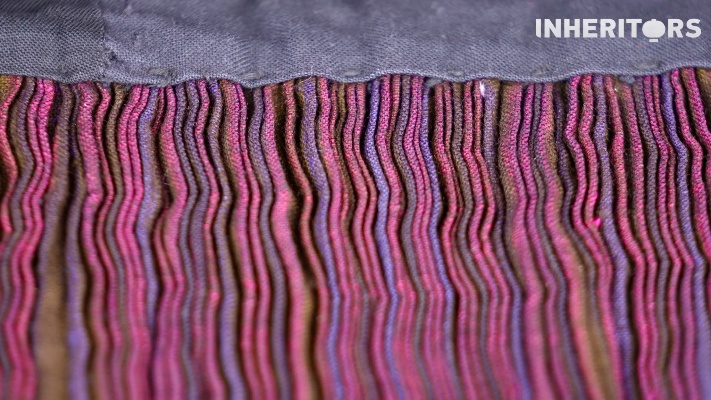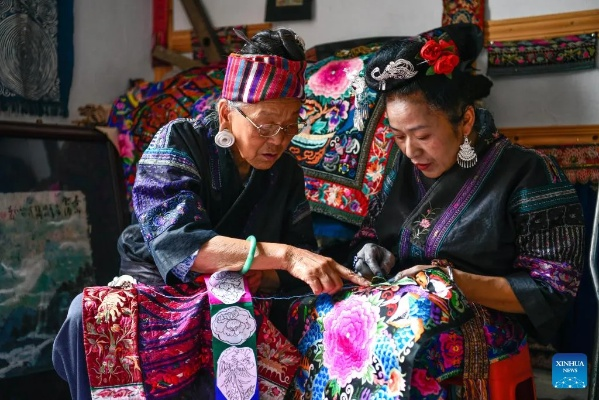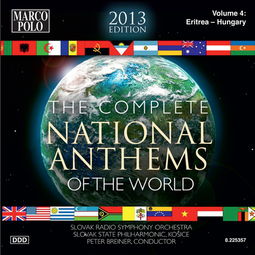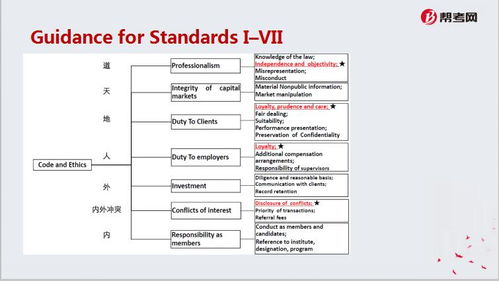Exploring the Rich Tapestry of Miao Ethnic Textiles
Miao ethnic textiles, a unique cultural heritage of China's Yunnan province, showcase the richness and diversity of Chinese ethnic culture. This paper delves into the history, materials, techniques, and artistic expressions of Miao ethnic textiles, revealing their profound cultural significance and aesthetic value. By analyzing the characteristics of Miao ethnic textiles, we can better understand the uniqueness and charm of Chinese ethnic culture. In conclusion, Miao ethnic textiles are not only an important part of Chinese ethnic culture but also an indispensable treasure for promoting cross-cultural exchange and understanding.
Introduction: Welcome to this fascinating journey through the vibrant world of Miao ethnic textiles, where traditional craftsmanship meets modern innovation. Miao is a minority group in China, known for their exquisite textiles that have been passed down through generations. In this presentation, we will delve into the history, techniques, and cultural significance of these textiles, as well as showcase some of the most remarkable examples of Miao textile art.
Historical Background: The Miao people, with their distinctive clothing and ornaments, are believed to have originated from the southern part of China during the Tang Dynasty (618-907 AD). Over time, they developed unique styles that reflect their nomadic lifestyle and deep connection to nature. The Miao textiles are not only functional but also serve as a form of expression, carrying stories, myths, and symbols that have been passed down through generations.
Techniques of Production: Miao textiles are renowned for their intricate designs and meticulous craftsmanship. They are typically made from natural fibers like cotton, silk, and wool, and are dyed using natural plant pigments. The process involves several steps, including weaving, embroidery, and dyeing. Weaving is the backbone of Miao textile production, with various patterns and motifs woven into the fabric. Embroidery adds a layer of detail to these patterns, creating stunning patterns that tell stories. Finally, dyeing ensures the vibrant colors that give Miao textiles their distinctive look.

Cultural Significance: Miao textiles hold significant cultural importance in Miao communities. They are not only worn for practical purposes but also serve as a means of expressing emotions, beliefs, and social status. For example, women's attire often incorporates elaborate embroidery that represents their roles in society. Additionally, certain textiles are used as offerings during festivals and ceremonies, symbolizing good luck and prosperity.
Case Study: One of the most impressive Miao textiles is the "Miao Yarn," which is a type of hand-woven tapestry that is highly prized by collectors and scholars alike. This intricate piece was created by a Miao woman named Liang Jiajia, who has been weaving for over 50 years. The yarn depicts scenes from Miao folklore, with dragons, phoenixes, and other mythical creatures playing prominent roles. It is said that Liang Jiajia's yarn was commissioned by a wealthy merchant who wanted to commission a piece for his daughter's wedding. The resulting yarn is now housed in the National Museum of China and serves as a testament to the skill and creativity of Miao artisans.
Conclusion: In conclusion, Miao ethnic textiles are more than just beautiful pieces of art; they are a testament to the rich cultural heritage of the Miao people. From the intricate designs on their garments to the symbolism embedded in their textiles, these textiles embody the essence of Miao culture and continue to inspire new generations of artisans. As we explore the world of Miao textiles, let us appreciate the beauty and depth of this ancient craft and the stories it tells.
今天我们将围绕苗族纺织品PPT制作展开讨论,通过丰富的案例和图表展示,让更多人了解苗族纺织品的独特魅力,本PPT将采用英文口语化的表达方式,同时辅以详细的表格和案例说明,帮助听众更好地理解和掌握苗族纺织品的制作工艺和技术。
苗族纺织品概述
苗族是一个拥有丰富纺织文化的民族,其纺织品种类繁多,包括刺绣、织布、挑花等,这些纺织品以其独特的工艺、色彩和图案,展现了苗族人民的智慧和创造力。
苗族纺织品制作工艺
原料选择
苗族纺织品主要采用本地优质植物纤维为原料,如亚麻、竹纤维等,这些纤维具有吸湿性好、透气性强、耐洗耐用等特点。
织造工艺
苗族纺织品采用手工织造技术,包括挑花、织布、绣花等,其中挑花是苗族纺织品的特色工艺之一,通过独特的图案和色彩搭配,展现出苗族人民的独特艺术风格。
印染工艺
苗族纺织品印染工艺采用天然染料,如植物染料、矿物质染料等,这些染料具有环保、天然、色泽鲜艳等特点,能够展现出苗族纺织品的独特魅力。
苗族纺织品制作案例分析

苗族刺绣工艺展示
刺绣图案设计
展示一组苗族刺绣图案,包括花鸟鱼虫、人物山水等,展现苗族刺绣的独特艺术风格。
制作过程展示
通过视频和图片展示刺绣工人的手工操作过程,包括针线的选择、绣线的使用、图案的绘制等,同时可以展示一些精美的刺绣成品,如绣品、挂饰等。
苗族织布工艺展示
织布材料选择
展示不同材质的织布样品,包括亚麻织布、竹纤维织布等,说明不同材料的织布特点和适用场景。
制作过程展示
通过视频和图片展示织布工人的手工操作过程,包括织布机的使用、布料的处理、织造工艺等,同时可以展示一些精美的织布成品,如围巾、帽子等。
PPT制作技巧与建议
- 使用图表和图片展示苗族纺织品的制作工艺和技术,让PPT更加直观易懂,可以使用图表来展示原料选择、织造工艺、印染工艺等方面的数据和图表,以便更好地说明问题。
- 在PPT中加入案例分析部分,通过案例分析来展示苗族纺织品的独特魅力和制作工艺,可以选取一些具有代表性的苗族纺织品案例进行展示和分析。
- 在PPT制作中要注重语言的口语化表达,让听众更容易理解和接受信息,同时要注重PPT的结构和布局,让PPT更加清晰易懂。
总结与展望
苗族纺织品以其独特的工艺、色彩和图案,展现了苗族人民的智慧和创造力,通过本次PPT制作,我们了解了苗族纺织品的制作工艺和技术,同时也看到了苗族纺织品的独特魅力和市场前景,未来随着人们对传统文化的关注度不断提高,苗族纺织品有望在市场上获得更大的发展空间。
Articles related to the knowledge points of this article:
The Role of Textile Testing Laboratories in the Fashion Industry
Understanding the World of Textile Design
The Fabrics of the Qianlong Era:A Glimpse into Imperial Decorum



